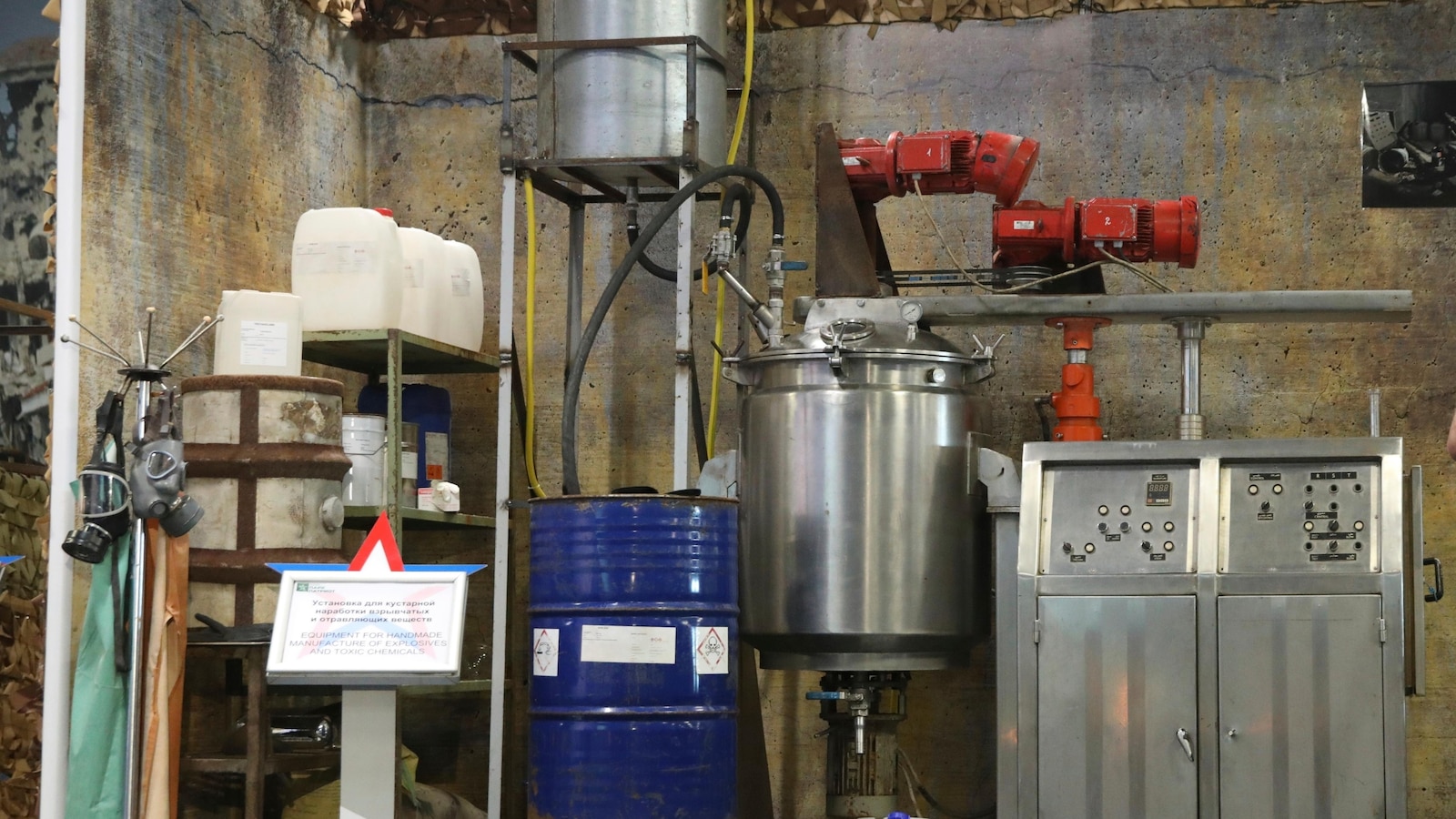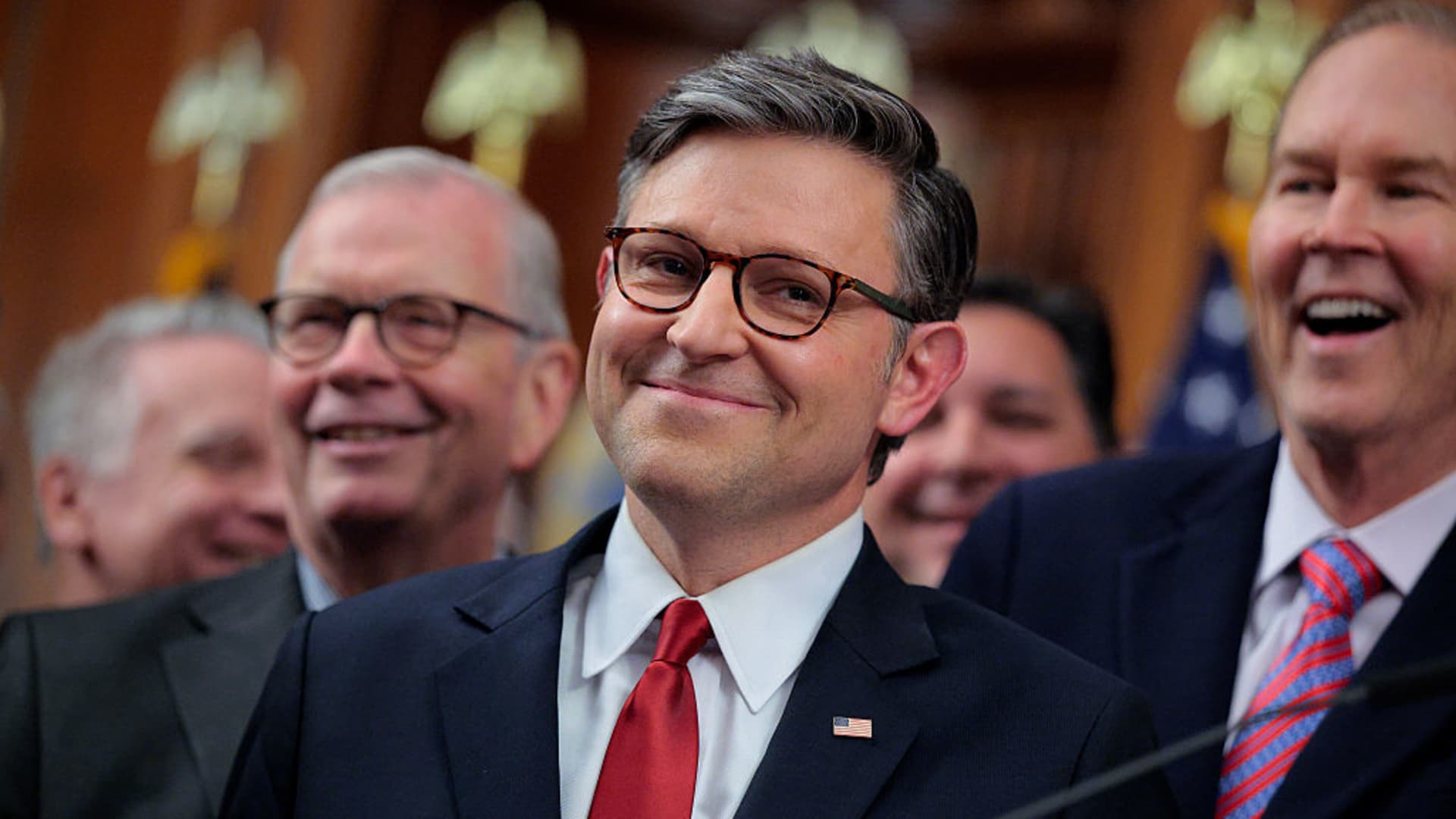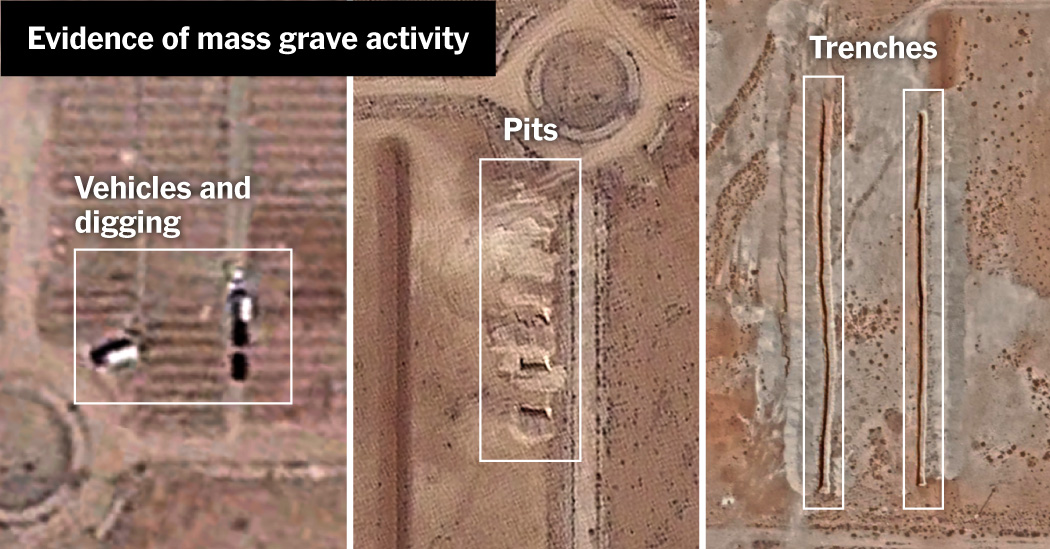CNBC’s Investing in Space newsletter offers a view into the business of space exploration and privatization, delivered straight to your inbox. Sign up to receive future editions.
Overview: One Big Beautiful Windfall
And one of the big windfall winners of U.S. President Donald Trump’s tax and spending megabill could end up being… unexpectedly, the U.S. Space Force.
There’s a lot that the administration’s put on the line for the tax and spending package, reputationally and politically, to secure Trump’s legacy. And that’s before factoring in the vast amount of overtime senators have been putting in throughout a ‘vote-a-rama’ marathon that Republicans want to bring to the finish line by Independence Day. After a final heated debate on Thursday — including a record-breaking almost-nine-hour speech from Democratic leader Hakeem Jeffries — the package cleared the House of Representatives on Thursday, setting the stage for Trump to later ink the bill into law.
If the reconciliation package is enshrined according to earlier versions, it and budgetary measures could be set to deliver the U.S. Space Force a 30% year-on-year increase in funding to just under a whopping $40 billion in 2026. That’s no small amount of change, even relative to the broader $1 trillion defense strategy that the administration’s officials are trying to push through.
And it adds up. Some $25 billion was slated for Trump’s mammoth multi-layered missile defense system, Golden Dome. Crunching some numbers, that’s a seventh of the total $175 billion cost the White House administration has billed for the project — whose overall expense and viability lawmakers and analysts have repeatedly questioned — in a short stretch. It is, nevertheless, worth remembering other estimates put the final bill closer to $540 billion.
These funds will make an “initial investment” in Golden Dome focused on procuring interceptors like the existing Patriots, developing new space-based interceptor options, and putting a down payment on advanced sensors and command and control systems, according to a U.S. Department of Defense briefing on June 26.
The money will go toward “vital space-based capabilities” alongside “space control and resilient combat credible architectures,” all part of a broader bid to achieve Washington’s “space superiority,” a senior defense official said last week. That’s ultimately a familiar playbook for the White House, which was for years locked in an exhaustive space race with the Soviet Union before clinching victory through the first manned Moon landing — the only difference is the pivot from space exploration to defense among the stars. The U.S. Space Force’s chief, General Chance Saltzman, warned of the “mind-boggling” pace at which Washington’s frenemy China was putting military capabilities in space, all the way back in October.
Whatever its faults, for defense and space companies, Golden Dome’s been providing a rare beacon of investment hope amid budget cuts at space-geared government contractor NASA. Moreover, there’s the boon in the project’s extensive execution and long funding scope — and that’s before getting into the possibility that sunken-cost concerns might coerce future administrations to see Golden Dome through, even if it doesn’t wrap up by the end of Trump’s second term.
And it’s not just space by way of defense. Trump’s made no secret of his ambitions – previously joyously shared with then ally, now critic Elon Musk — to put people on Mars, and the bill also provides for exploring the red planet. That relationship remains on the rocks. When I began writing on Tuesday, heated words were still flying — not the least of which from Musk, who this week doubled down on previous criticism of the megabill to liken it to a “DEBT SLAVERY bill with the biggest debt ceiling increase in history” before calling for a new political party that “actually cares about the people.” The tech billionaire was widely seen as a close ally of Musk until their public feud last month that inevitably brought into question the fate of SpaceX’s existing and future government contracts.
As ever, it’s not over until it’s over — let’s see where things land for space.
As a heads up, the newsletter’s skipping next week while yours truly jetpacks on assignment, but will be back in action on July 17.
What’s up
- NASA budget cuts put Europe’s Mars mission at risk — Proposed budgetary downsizing at NASA would further postpone Europe’s ExoMars rover mission, which has suffered repeated delays and was most recently set to kick off by 2028. — Space.com
- Space Forge launches UK’s first in-space manufacturing satellite — Welsh startup Space Forge has launched the in-orbit ForgeStar-1 manufacturing satellite onboard a SpaceX Flacon 9 flight. The satellite, which made contact with the Space Forge Mission Operations Centre in Cardiff within hours, will manufacture high-value materials that cannot be generated on Earth. — The Engineer
- UK space agency puts £2.5 million into public services using satellite intel — The U.K.’s space agency has offered £2.5 million in funds to five projects using satellite data, including a biodiversity mapping tool and a methane tracking service. — Electronics Weekly
Industry maneuvers
- Space Force mulls satellite coms plans — The U.S. Space Force is now rethinking whether an existing communication satellite network, largely dominated by SpaceX, can do the job initially slated for a third constellation purchase. — Defense News
- SpaceX says efforts to retrieve Starship debris hindered — SpaceX has said its attempts to recover debris after the latest explosion of its mammoth Starship rocket have been obstructed, with the company reaching out for cooperation from the Mexican administration of Claudia Sheinbaum. — Reuters
- NASA to stream live on Netflix — NASA’s live programming showcasing launches, spacewalks and mission coverage will be available on Netflix starting this summer. — NASA
- Bezos seeks more government contracts for Blue Origin — Jeff Bezos and other executives of Blue Origin have appealed for more government contracts in the wake of U.S. President Donald Trump’s estrangement from SpaceX founder Elon Musk, according to people familiar with the matter. — Wall Street Journal
Market movers
- SpaceX clinches weather satellite launch contract — SpaceX has won an $81.6 million contract from the Space Systems Command to launch a military weather-monitoring satellite (the WSF-M2) and a second experimental small satellite in 2027. — Space.com
- Satellite insurance market is contracting amid growing costs — Around 300 out of 13,000 active satellites in orbit are currently insured against in-orbit incidents, industry
On the horizon
- July 8 — SpaceX’s Falcon 9 to depart with Starlink satellites out of Florida.
- July 15 — Gilmour Space to launch Austria’s first orbital rocket, Eris-1, out of Bowen.
- July 16 — The Indian Space Research Organisation’s GSLV Mk II to leave on the Nisar mission out of Sriharikota.
investing-in-space-one-big-beautiful-windfall














Leave a Reply